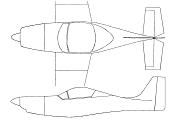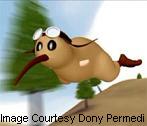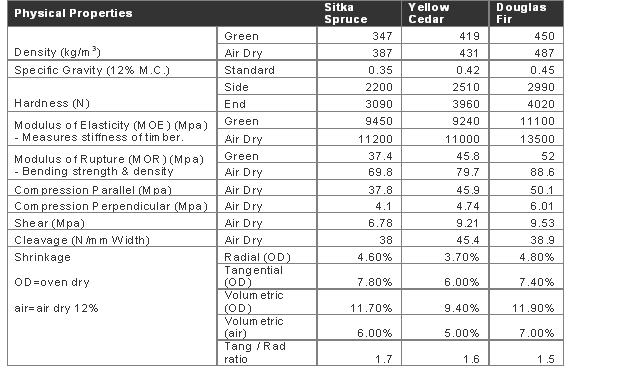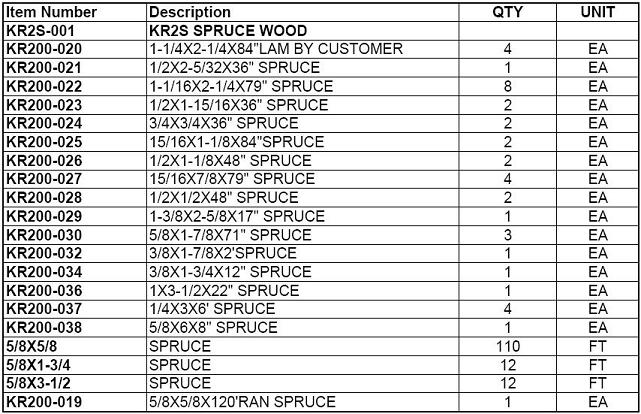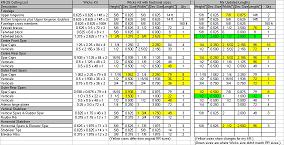There is a considerable amount of information available on the web about what ply to use for the KR2S.
The KR2S plans themselves call for Aircraft Grade 3 ply 3/32" Birch ply to be used on the wing spars/ribs and 3 ply 3/32" Mahogany or Birch ply
for the boat skin. The plans also come with a buying list for plywood which is as follows;
4 sheets 8'x4' 3/32 (or 2.5mm) 3 ply
or 8 sheets 4'x4' 3/32 (or 2.5mm) 3 ply
1 sheet 4'x4' 6mm 7 ply
Wicks Aircraft Supplies also provide the following list for their KR2S ply kit.
3 sheets of 3/32" x 4' x 8' Mahogany 3 ply 90 Degree
3 sheets of 2.5mm x 4' x 4' Birch 5 ply
1 sheet of 6.0mm x 4' x 4' Birch 7 ply
Mark Langford's site recommends the use of Mahogony ply for the boat skin because it is lighter than birch and strong enough for the
requirements of the KR.
With all the above in mind I called round plywood suppliers in New Zealand and Australia looking for Aircraft Grade GL1 3/32 Birch and Mahogony
3 ply and was told that GL1 ply of any size is now almost impossible to source as the factory in Finland which manufactured this wood went
out of business about 18 months ago (sometime in early 2006). Plytech in Auckland did have some GL3 Model Grade Birch ply in the sizes I needed
but I was not sure this would be satisfactory. I read the
Germanischer Lloyd (GL) rules for surveying plywood for aircraft and this seemed to indicate that GL3 was
not really going to be a satisfactory option for building a wooden aircraft like the KR.
I then spoke with Mike Tunnicliffe, a local aircraft builder who has considerable experience working with Aircraft Grade Ply (he is currently working
on a Mosquito Project in a workshop close to where I live) and he said GL3 is ok provided you inspect the inner laminations for faults by shining a very
bright light behind the sheets in a darkened room, marking out any imperfections and cutting round these. This apparently works for 3ply sheets up to
about 3mm thick.
So with this information in hand I was about to place an order with Plytech when I spotted an advert from The Vintage Aviator Company in Wellington
indicating they had Aircraft Grade Ply for sale. I contacted Rob Fisher from The Vintage Aviator and he emailed me to say they had Birch ply in the
thicknesses I needed. The prices he quoted were $5.40 per square foot for 2.5mm 5ply in 5' x 5' sheets and $11.50 per square foot for 3/32 3ply in 8' x 4'
sheets. The price for the 3 ply was a bit steep for me but I wasn't sure if 5 ply was an acceptable alternative to 3 ply. I did a bit more reading and
noted that Wicks Aircraft Supplies only provide 2.5mm Birch ply in 5 ply for their KR kits which seems to indicate the Birch 5 ply can be used in place of
Birch 3 ply. With this information in hand I then placed an order with The Vintage Aviator for 8 sheets of the 2.5mm 5 ply and this arrived a few days later.
